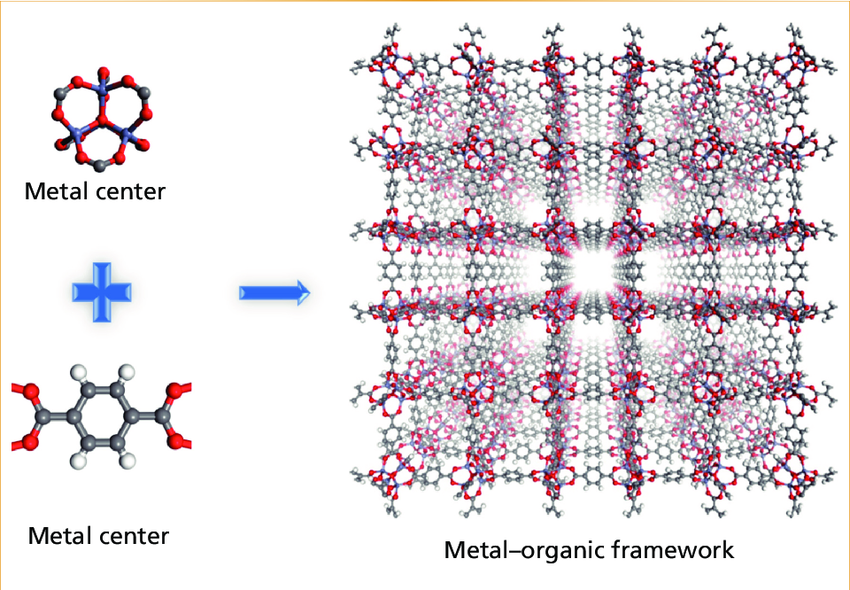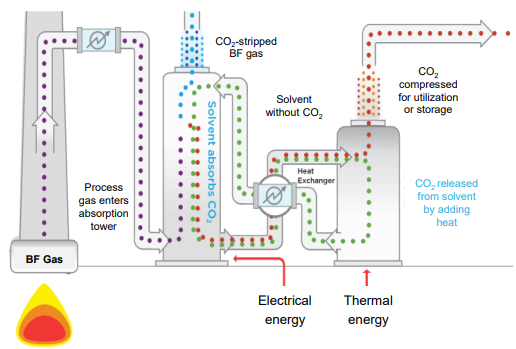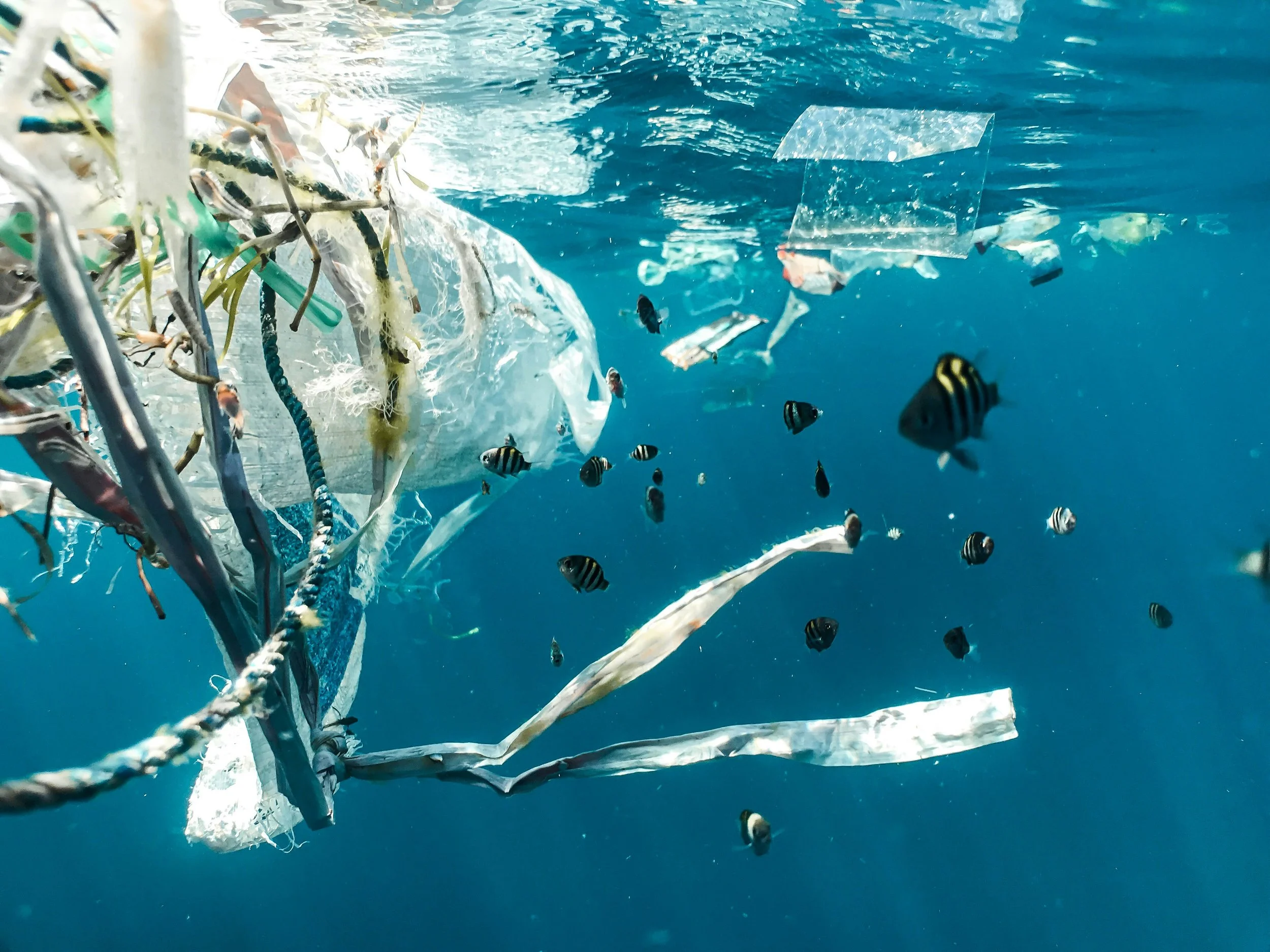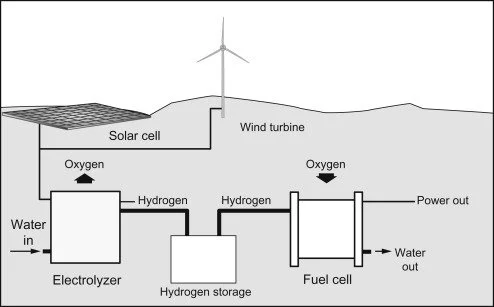Blog No. 3: MOFs: A Nobel-Winning Climate Solution – A New Resilience Agenda for Private Markets
By Dr. Oliver Heiland - October 09, 2025
The 2025 Nobel Prize in Chemistry has spotlighted a transformative breakthrough: Metal-Organic Frameworks (MOFs).
Awarded to pioneers Susumu Kitagawa, Richard Robson, and Omar Yaghi, this recognition celebrates not just scientific achievement but a real-world solution to pressing climate challenges. MOFs are revealing how science, technology, and investment are converging to drive the green transition, offering scalable tools that align sustainability with value creation in private markets.
At Capital for Resilience Advisors, we see this as a pivotal moment for private market investors. As a strategic partner at the intersection of climate, nature, and technology, we help asset managers, banks, long-term investors, impact investors, and development finance institutions navigate these shifts—across strategy, investment solutions, and governance.
1. Honoring the Pioneers: 2025 Chemistry Nobel Winners
The 2025 Nobel Prize in Chemistry awarded to Susumu Kitagawa, Richard Robson, and Omar Yaghi underscores MOFs' potential to tackle climate change head-on. These frameworks, developed over decades, are now unlocking innovative applications that blend cutting-edge science with practical application for climate solutions. This award highlights how science converts into investable opportunities for private markets, bridging lab discoveries with market realities.
2. Decoding MOFs: The Building Blocks of Tomorrow
MOFs are porous materials engineered at the molecular level, functioning like "hotels" – creating vast internal spaces with surfaces exceeding the framework by several dimensions. Example: just a few grams create a surface area equivalent to a football field. In addition, their modular design based on metal ions linked by organic molecules can be customized for specific tasks This unique structure can capture gases, store energy, and purify water—making MOFs cornerstone technology for addressing global sustainability goals and for the green economy.
3. From Lab Innovation to Climate Action
MOFs are already transforming climate solutions on a global scale. Here are some key applications reshaping industries:
Harvest water from arid air:
In water-scarce regions, MOF-based devices extract moisture from the atmosphere, providing a reliable source for communities and agriculture.
Reduce CO₂ in industrial emissions:
By selectively capturing carbon dioxide at emission sources, MOFs help industries lower their footprint and comply with tightening regulations.
Remove forever chemicals (PFAS) from water:
These persistent pollutants are notoriously hard to eliminate, but MOFs offer efficient filtration, safeguarding ecosystems and public health.
Plastic pollution and juvenile fish. Photo credit: Naja Bertolt Jensen on Unsplash
Store hydrogen for clean energy:
As hydrogen emerges as a key fuel for decarbonization, MOFs provide safe, high-density storage solutions to support the energy transition.
Schematic of a renewable energy, hydrogen energy storage (Paul Breeze, Chapter 10 - Power System Energy Storage Technologies, Editor(s): Paul Breeze, Power Generation Technologies (Third Edition), Newnes, 2019).
4. Why Investors Should Rethink the Climate-Nature-Technology Nexus
Innovations like MOFs signal a critical shift: technology aligned with sustainability isn't optional; it's a driver of real impact and market frontiers.
Private market investors must integrate this nexus to capture growth while mitigating systemic risks. At the core, it's about aligning investments with long-term value creation, where climate resilience and biodiversity goals intersect with technological advancement.
Forward-looking strategies now prioritize tech-led solutions that address interconnected challenges, from decarbonization to resource efficiency.
5. Resilience Is No Longer Optional
The transition to climate-, nature-, and technology-aligned business models is accelerating. Investors positioning themselves today will reap the benefits of resilient portfolios. At Capital for Resilience Advisors, we specialize in guiding this transformation, ensuring your strategies, products, and governance are built for the future. In select cases, we also support high-innovation startups at the climate-nature-technology nexus, enhancing their readiness for institutional capital.
Join the Resilience Conversation
Explore our insights and connect with us to navigate the evolving private markets landscape.
Visit www.cfr-advisors.com, follow us on LinkedIn, or check our profile on Crunchbase.
Capital for Resilience Advisors exemplifies the integration of climate, nature, and technology into private markets investment strategy—investment and return-driven, yet strategically aligned with resilience goals. Based at Technology Park Heidelberg and managed by Dr. Oliver Heiland, we're here to partner with you.
References
For further reading on the topics discussed:
Nobel Committee Press Announcement: "Press release: Nobel Prize in Chemistry 2025" - NobelPrize.org. Available at: https://www.nobelprize.org/prizes/chemistry/2025/press-release/
Bloomberg Article: "Chemistry Nobel Awards Discovery That Can Help Climate" (October 8, 2025) - Bloomberg. Available at: https://www.bloomberg.com/news/articles/2025-10-08/nobel-prize-in-chemistry-awarded-in-sweden-to-kitagawa-robson-yaghi
McKinsey Private Markets Report: "Global Private Markets Report 2025: Braced for shifting weather" - McKinsey & Company. Available at: https://www.mckinsey.com/industries/private-capital/our-insights/global-private-markets-report
Stanford Emerging Technology Review 2025: Available at: https://setr.stanford.edu/sites/default/files/2025-01/SETR2025_web-240128.pdf
Global Governance Innovation Report 2025: Available at: https://www.stimson.org/wp-content/uploads/2025/06/GGIR-2025.pdf
Model Guidance on Nature-related Financial Disclosures 2025: Available at: https://sseinitiative.org/sites/sseinitiative/files/publications-files/unsse-tnfd-model-guidance-nature-disclosure-2025a.pdf
Photo & image credits:
Nobel Prize Medal for Chemistry: Image from NobelPrize.org - The Nobel Prize medals in physics and chemistry
Illustration of Metal-Organic Framework (MOF) Structure: Image from ResearchGate - Schematic drawing of a metal-organic framework (MOF) structure
Device Harvesting Water from Desert Air: Image from Science.org - Crystalline nets harvest water from desert air
Process of CO2 Capture in Industrial Settings: Image from NETL.DOE.GOV - Point Source Carbon Capture from Industrial Sources
Removing PFAS Chemicals from Water: Image Plastic pollution and juvenile fish. Photo credit: Naja Bertolt Jensen on Unsplash
Hydrogen Energy Storage System: Image from ScienceDirect.com - Hydrogen Energy Storage - an overview
Note: all images are used for illustrative purposes and credits are provided to the original sources.







